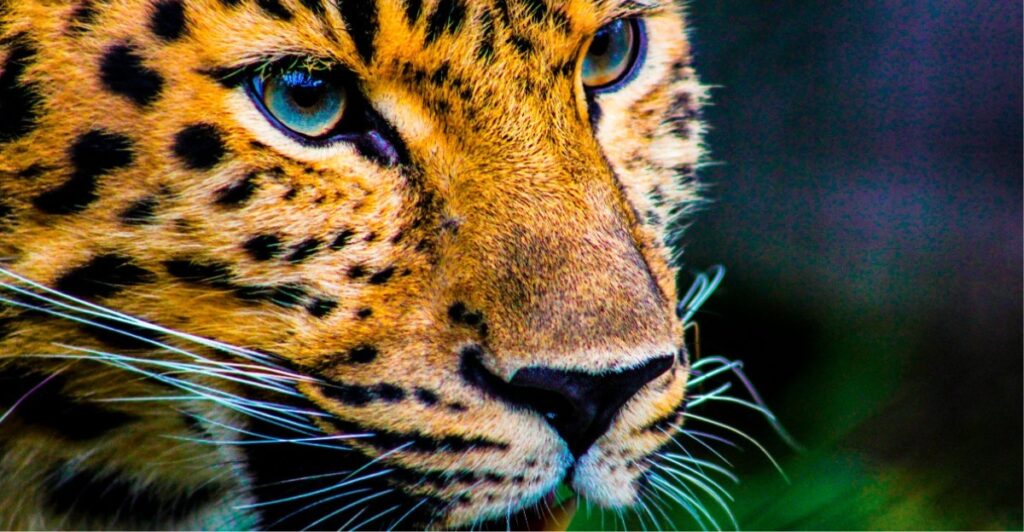
Leopards and African golden cats, two of Africa’s most elusive predators, could be playing a pivotal role in maintaining the health of the continent’s forests. These animals impact ecosystems not only by hunting but also by shaping animal behaviors that indirectly support forest regeneration. However, threats like habitat loss put their populations at risk. Here’s a closer look at how these secretive carnivores influence forest ecosystems and what their survival could mean for conservation efforts.
Predators Maintain Forest Balance
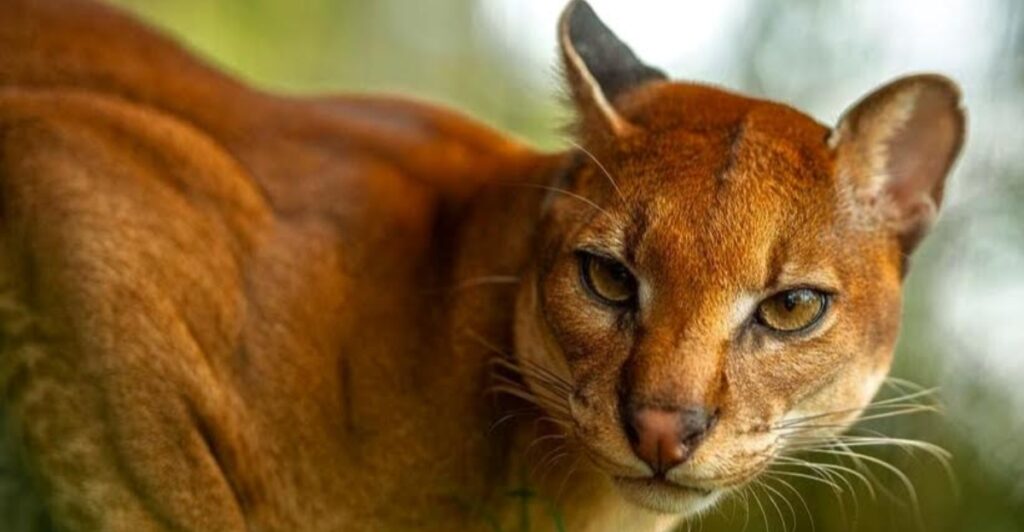
Leopards and golden cats help regulate herbivore populations, such as monkeys and deer, preventing overgrazing. By preying on smaller animals, these predators indirectly support the forest’s biodiversity. This balance allows young trees and plants to grow without being consumed prematurely, ensuring the survival of critical vegetation. Without this natural control, unchecked herbivore populations could severely damage the forest floor, leading to long-term ecological degradation and fewer resources for other species.
Seed Growth Benefits from Predation
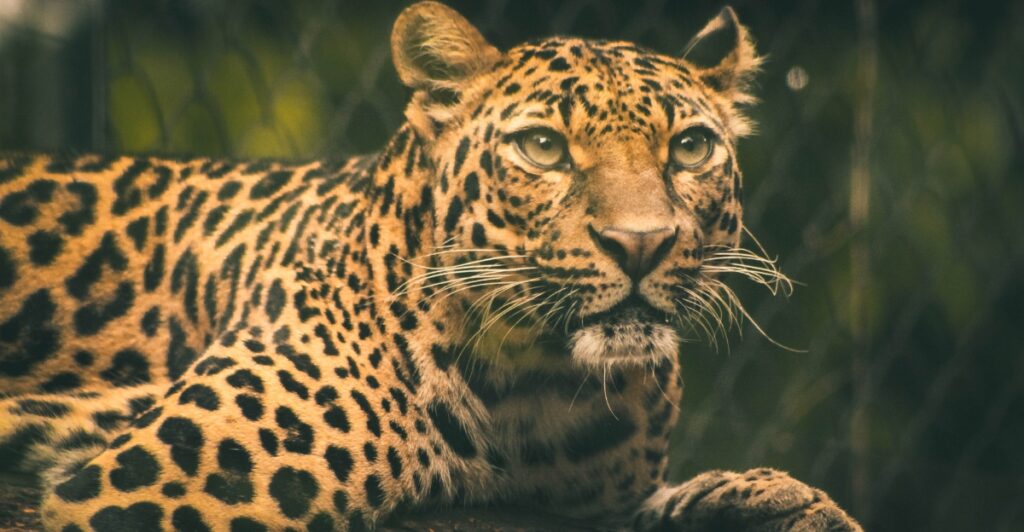
In regions where these predators are active, researchers have noticed higher rates of seed survival and plant growth. Herbivores, wary of being hunted, tend to avoid certain areas, allowing seeds to germinate undisturbed. This “fear effect” influences how animals interact with their environment, minimizing damage to key plant species. Even predator scents in specific areas discourage grazing, protecting vulnerable seedlings and promoting forest regeneration on a larger scale.
The African Golden Cat’s Secret Role
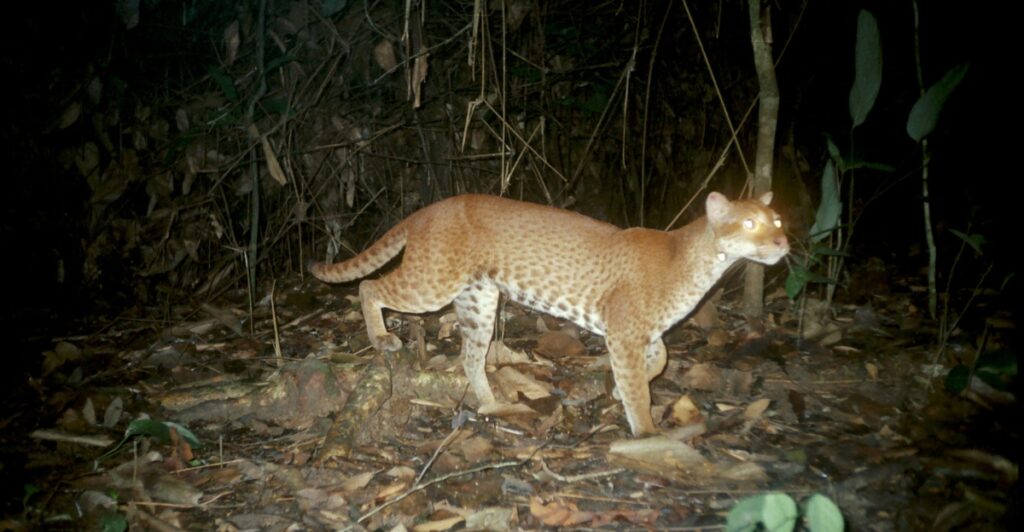
The African golden cat, native to dense forests, is so elusive that it has rarely been studied in depth. However, its hunting habits are believed to keep small prey populations in check. Unlike leopards, these cats target species closer to the forest floor, creating a balanced food chain from the ground up. The golden cat’s role in the ecosystem is evidence of the importance of studying lesser-known species, which often contribute to ecological stability in ways that remain largely unexplored.
Surprising Resilience in Logged Areas
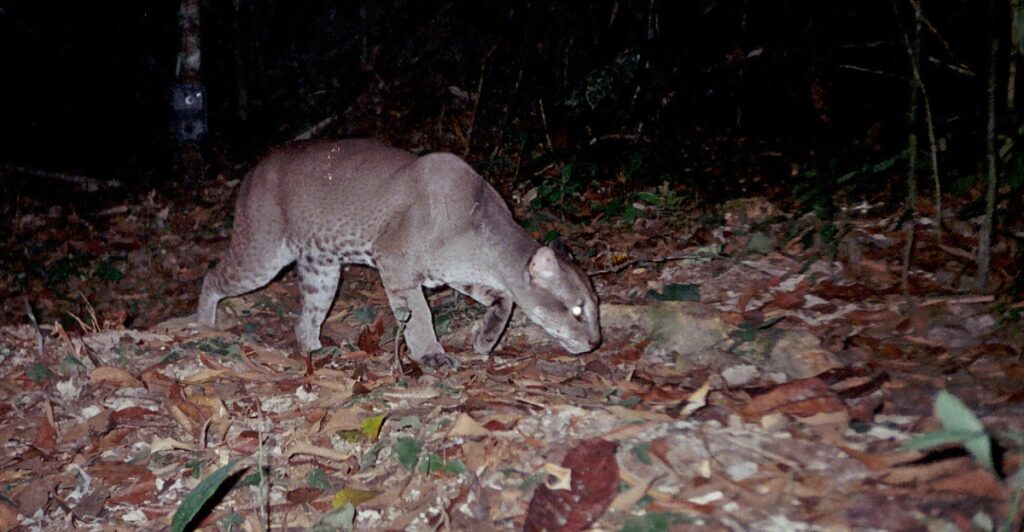
Sustainable logging concessions in the Republic of Congo have shown that leopards can survive even in managed forests. With proper guidelines in place, such as restricted logging and anti-poaching patrols, wildlife populations can coexist with human activity. These areas provide a blueprint for balancing resource extraction with conservation, showing that careful planning can minimize disruptions to animal habitats while maintaining economic activity.
The Growing Threat of Habitat Fragmentation
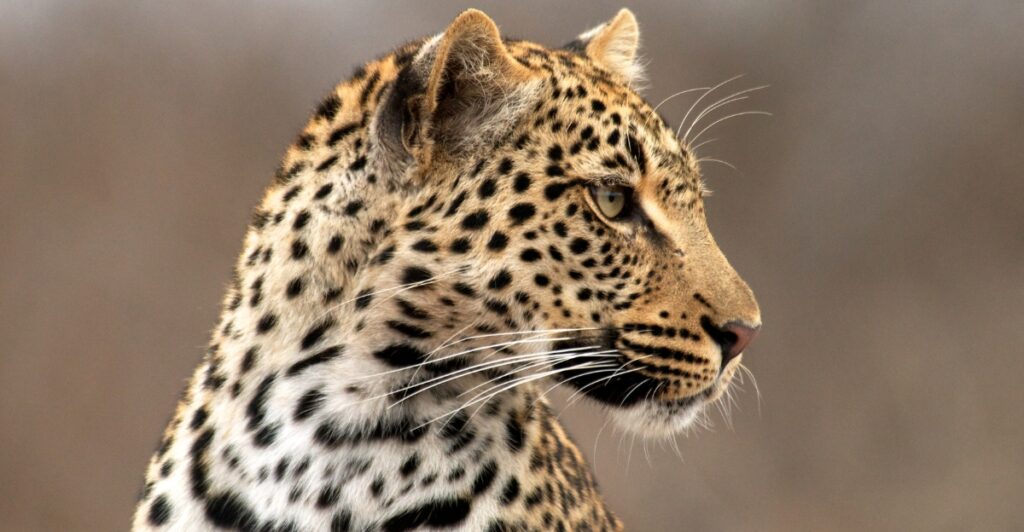
Large predators like leopards and golden cats require extensive, uninterrupted territories to find food, mate, and thrive. Urban expansion, agriculture, and road construction have fragmented their habitats, limiting their movement and isolating populations. Fragmentation not only makes survival harder but also reduces genetic diversity, increasing the likelihood of local extinctions. Protecting contiguous forests and creating wildlife corridors could help ensure their long-term survival.
Overhunting Alters Ecosystems
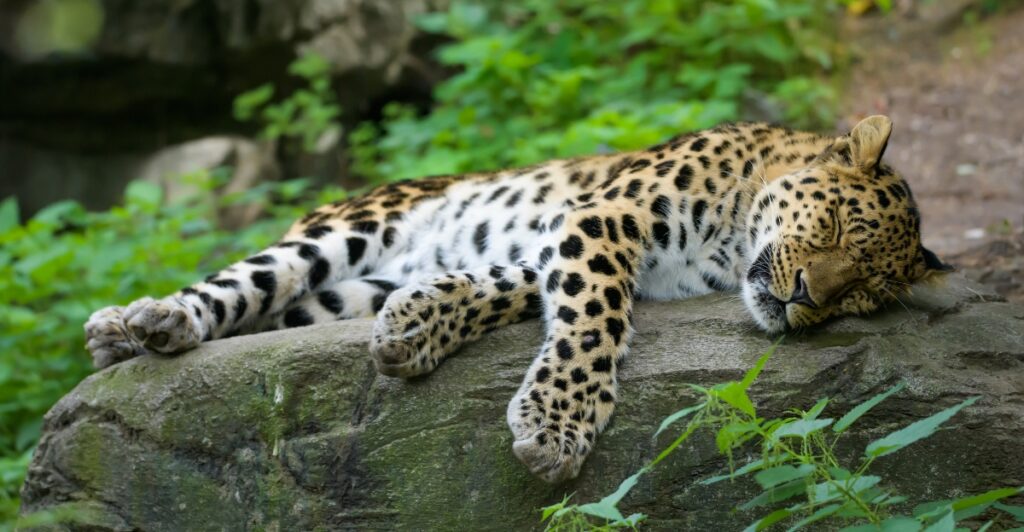
Human hunting of prey species, often for bushmeat, disrupts the food web. Reduced prey populations force predators to compete for limited resources or venture closer to human settlements, increasing conflicts. Additionally, fewer herbivores means less seed dispersal, which weakens forest regeneration. Efforts to curb poaching are essential to maintain a balanced ecosystem where predators and prey can coexist naturally, benefiting forest health.
Behavioral Effects of Predator Presence
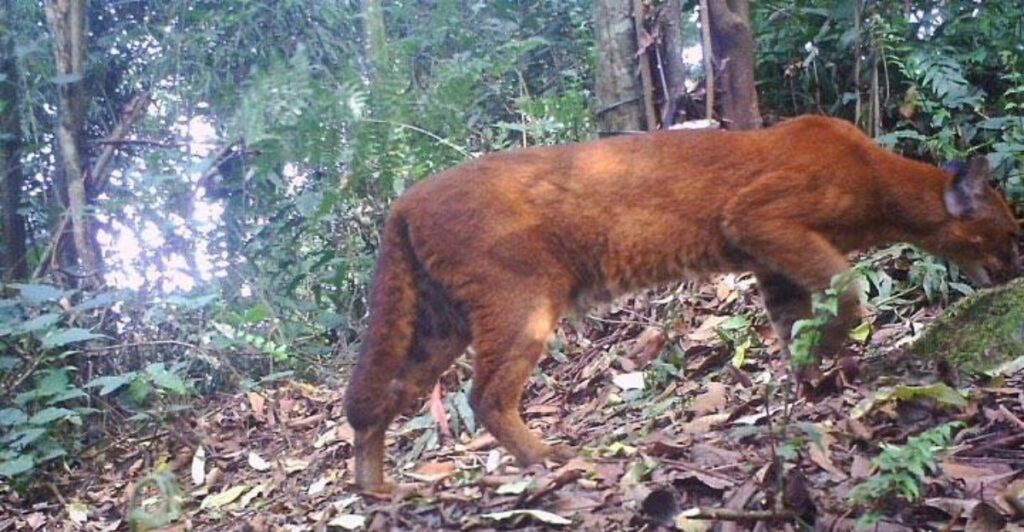
The fear effect means animals like monkeys and deer often avoid areas frequented by predators, altering how they forage and move through the forest. This behavior reduces overconsumption in certain regions, giving plants and saplings a chance to recover. Such indirect effects of predators demonstrate their critical role in shaping ecosystems beyond direct predation. Researchers are exploring how these dynamics contribute to the overall resilience of forest environments.
Technology Sheds Light on Elusive Species
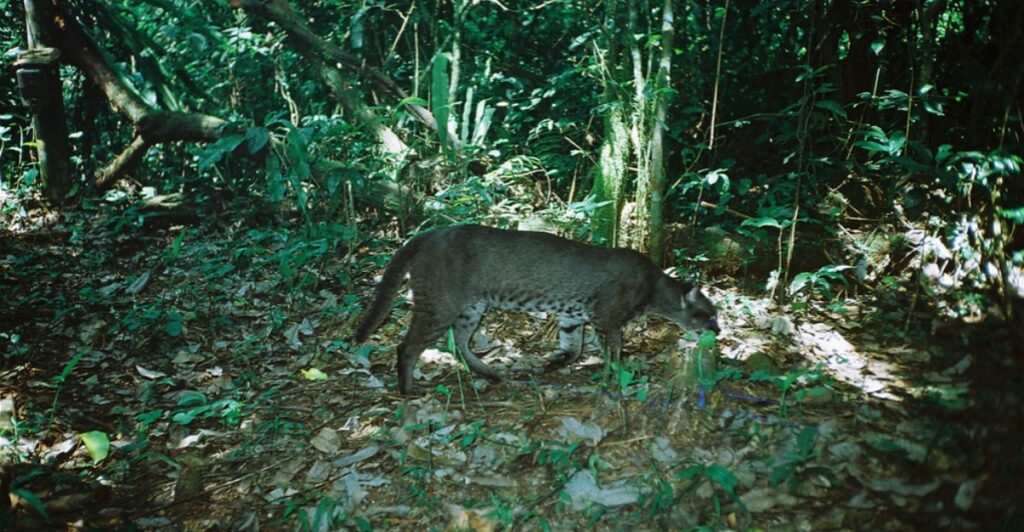
Camera traps and other technologies have allowed researchers to document leopards and golden cats in environments where they were previously unconfirmed. These tools provide insights into their movements, behaviors, and population sizes, helping conservationists develop targeted strategies. For example, the studies in certified logging concessions revealed unexpected population densities, illustrating the adaptability of these species when conditions are managed responsibly.
Sustainable Practices Offer a Path Forward
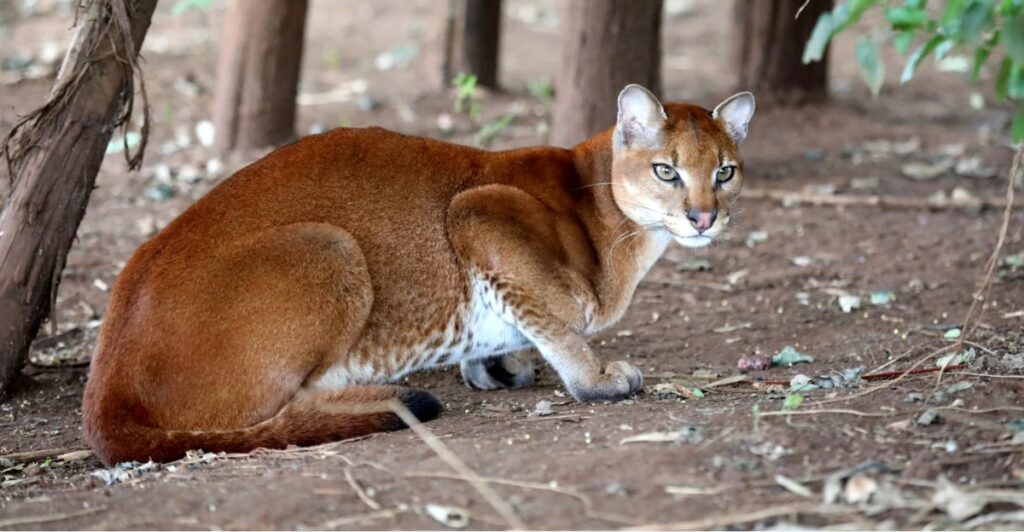
Forestry practices that limit canopy removal and implement anti-poaching measures create environments where predators can survive. By protecting specific zones within logging areas and monitoring wildlife, companies can balance ecological health with resource use. Such approaches demonstrate that economic development does not have to come at the cost of biodiversity, particularly when communities and industries work together toward shared goals.
Community Involvement in Conservation
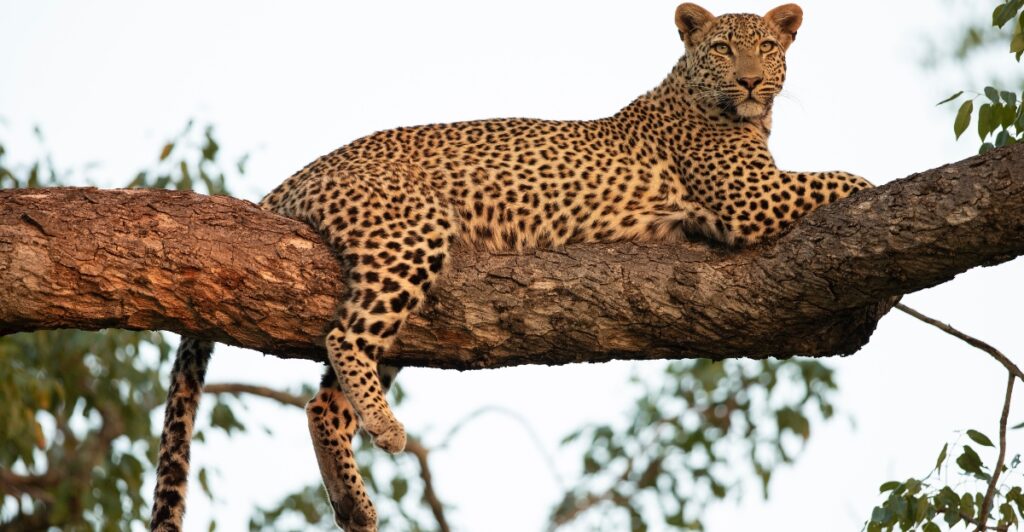
Engaging local populations is critical for the long-term survival of wildcats and their ecosystems. Education initiatives about the ecological benefits of predators, combined with incentives for sustainable land use, help reduce conflict between humans and wildlife. Empowering communities to manage forests and wildlife responsibly ensures both conservation and livelihoods are prioritized, creating a sustainable model for coexistence.
The Cost of Predator Loss
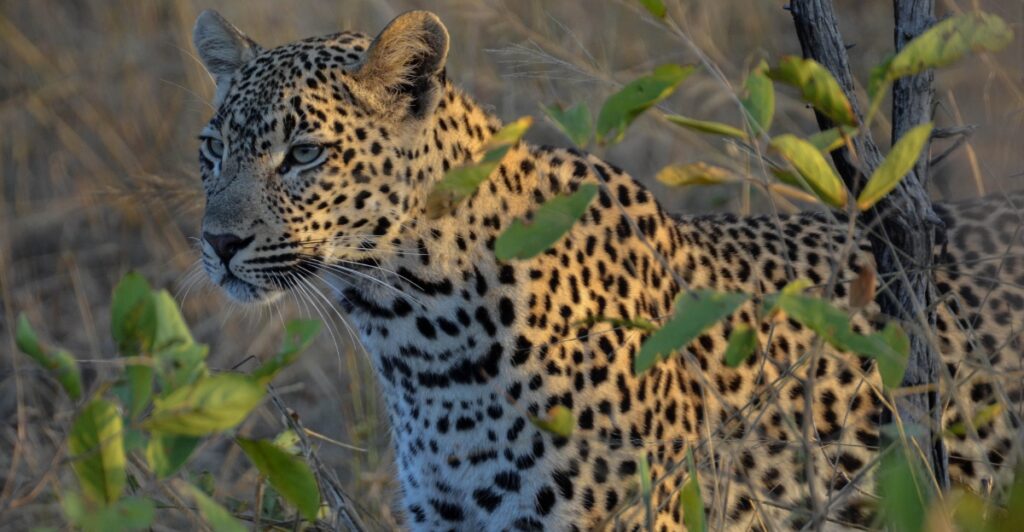
The absence of apex predators often leads to ecosystem imbalances, such as overpopulation of herbivores and increased competition among smaller carnivores. These shifts can degrade forests, making them less resilient to climate change and other threats. Protecting predators ensures that ecosystems remain functional and biodiverse, benefiting all species that depend on them, including humans who rely on forest resources for sustenance and income.
Conservation Challenges Persist
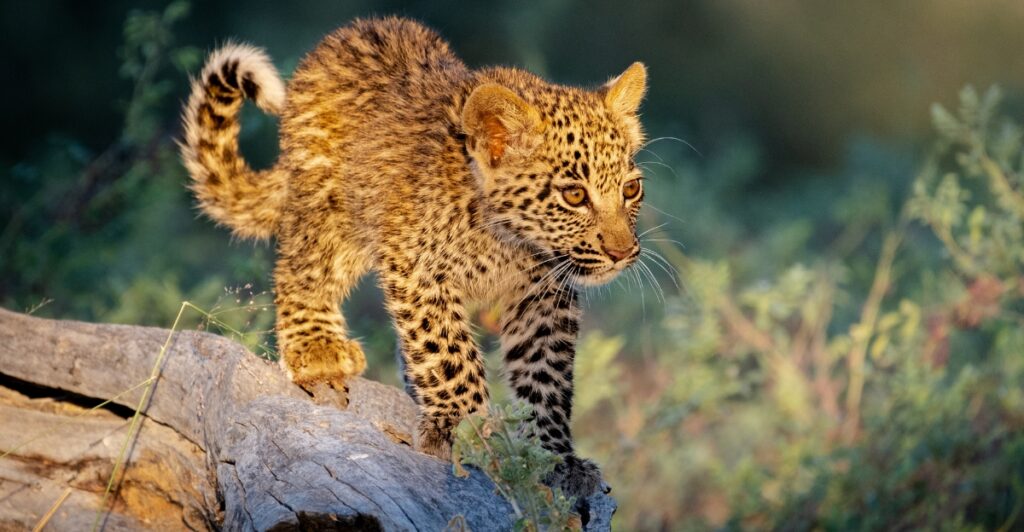
Research on African wildcats still faces significant hurdles, from limited funding to political instability in key habitats. Logistical challenges, such as accessing dense forests and monitoring elusive species, further complicate efforts. However, despite these difficulties, studies continue to reveal the importance of predators in maintaining ecological balance. Each breakthrough strengthens the case for increased investments in wildlife research and habitat protection.
Policy Shifts Could Improve Outcomes
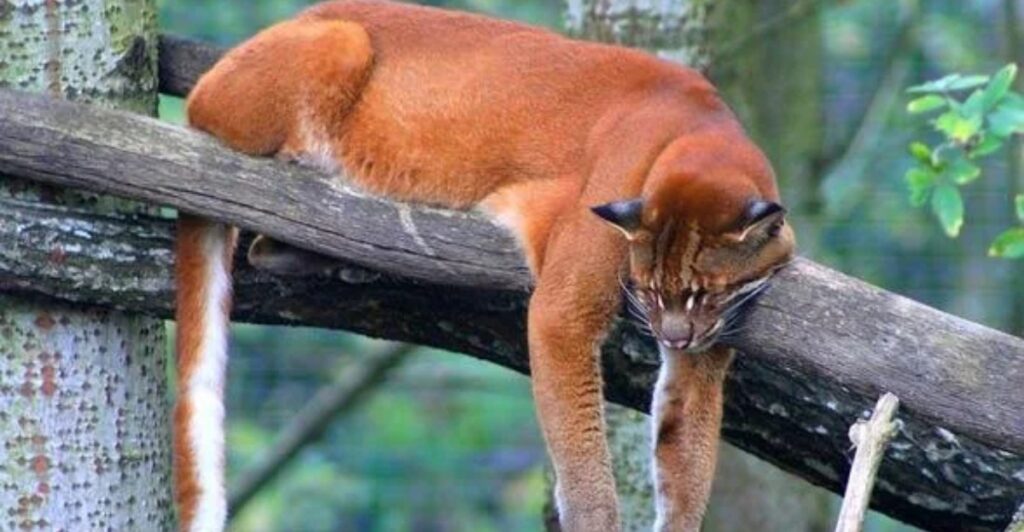
Government policies that prioritize wildlife corridors, enforce anti-poaching laws, and regulate logging activities could significantly impact wildcat survival. Collaborative efforts between conservationists, policymakers, and industries are needed to create strategies that align economic interests with biodiversity preservation. Success stories from sustainable logging concessions provide valuable examples of balanced approaches that can yield positive results.
Ecosystem Health Tied to Predators
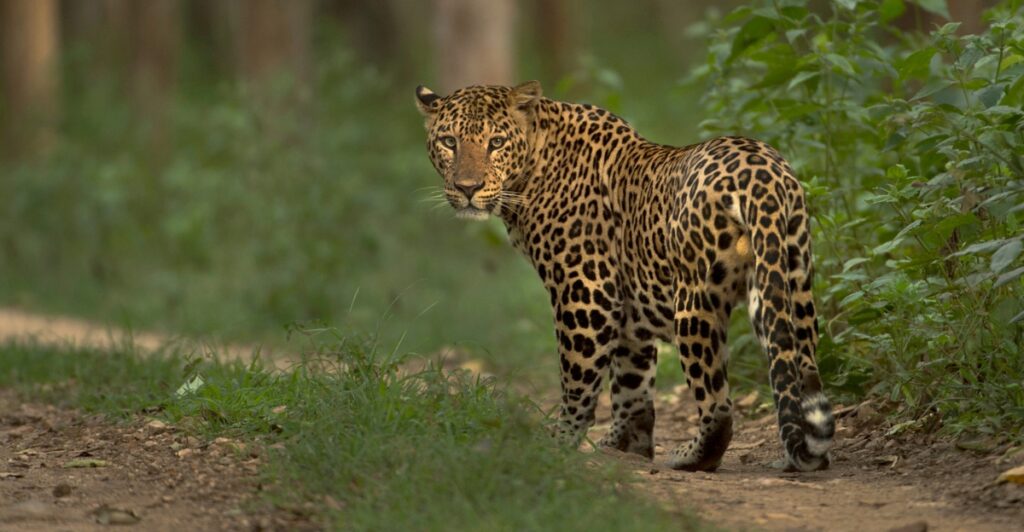
Predators like leopards and golden cats are essential to maintaining the balance of Africa’s forests. By controlling herbivore populations and promoting vegetation growth, they ensure forests remain biodiverse and functional. Their survival is not just about preserving iconic species—it’s about safeguarding entire ecosystems that provide critical resources for both wildlife and humans. Conservation efforts targeting these animals can have far-reaching benefits for all.
Resources:
- Mongabay: Elusive wildcats may hold the key to healthier forests in Africa
- Safaris Africana: Wild Cats of Africa
Stay connected with us for more stories like this! Follow us to get the latest updates or hit the Follow button at the top of this article, and let us know what you think by leaving your feedback below. We’d love to hear from you!







